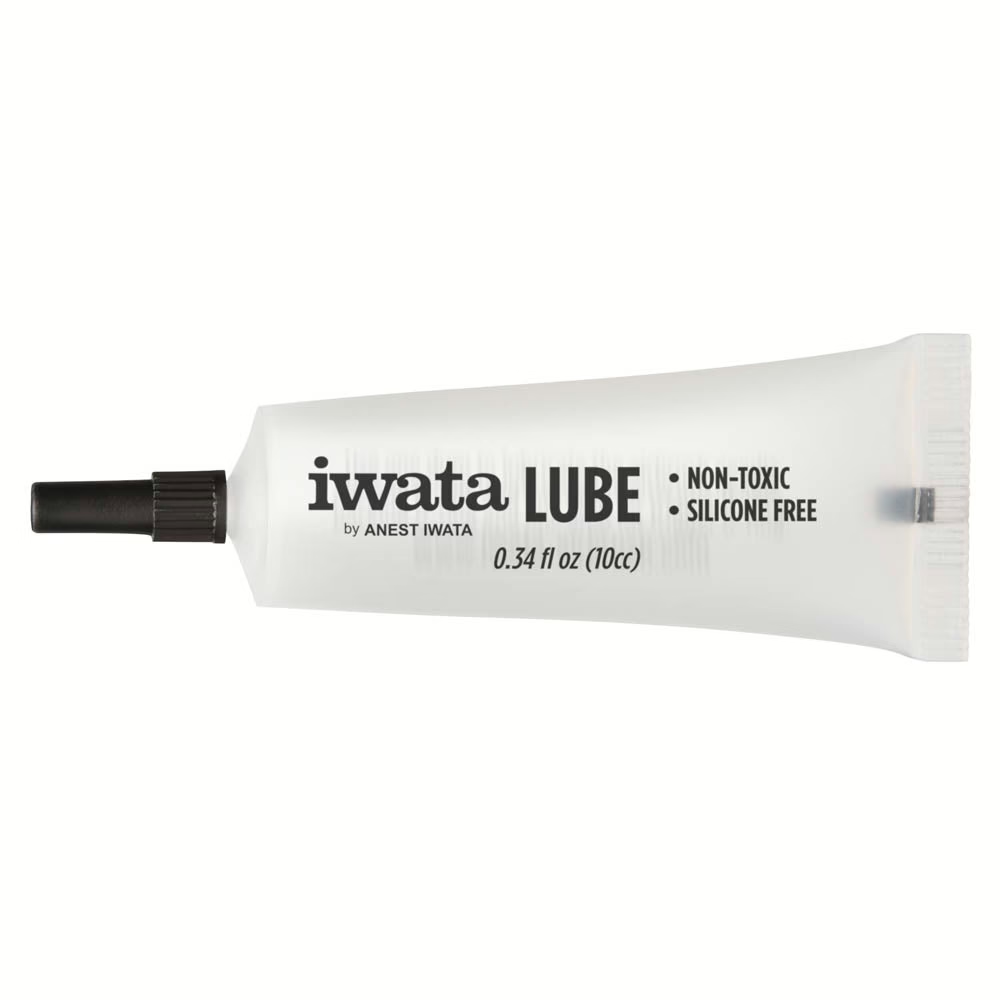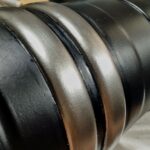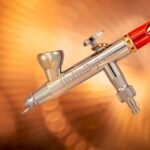Using IWATA Lube or BADGER REGDAB “Needle Juice”
Airbrushes are precision instruments. Every part — the needle, trigger, valve system, and internal seals — relies on smooth, friction-free movement. When any of these areas get sticky from dried paint or lack of lubrication, your control suffers: spray becomes inconsistent, atomization falters, and the entire painting experience becomes a fight instead of a flow.
That’s why proper lubrication with purpose-made products such as IWATA Lube or BADGER REGDAB (also known as “Needle Juice”) is essential. These lubricants are specifically formulated for airbrush internals and safe for seals, metal components, and trigger mechanisms.
Why Lubricate?
1. Smooth, predictable trigger control
A well-lubricated trigger moves freely and consistently. If your trigger feels gritty, sticky, or hesitant to return forward, a tiny amount of lubricant restores its silky operation.
2. Reduced needle friction and wear
The needle slides through a tight packing assembly. Lack of lubrication increases friction, which not only damages the needle over time but also causes inconsistent paint flow. A thin film of airbrush-safe lube lets the needle glide smoothly.
3. Protects seals and O-rings
Airbrushes use delicate O-rings around the air valve, needle packing, and sometimes the head assembly. Silicone-safe, airbrush-formulated lubricants keep these from drying or cracking.
4. Fewer clogs and smoother spray pattern
A smooth-moving needle and trigger help prevent surging, sputtering, and intermittent flow — especially important when spraying fine lines or low-pressure detail work.
Where to Apply Lubricant
Use very small amounts — more is not better. Focus on:
- Needle (front 1–2 cm)
A micro-thin coat helps the needle move through the packing smoothly. - Needle chucking guide / rear needle assembly
Keeps the needle sliding freely when you pull back for paint. - Trigger mechanism
A tiny dab on the trigger posts or sliding surfaces eliminates stickiness. - Air valve O-rings
Only when recommended by your airbrush brand; products like IWATA Lube are designed for valve lubrication.
Avoid the paint cup and any paint passage.
Oil in the paint path can cause fish-eyes, separation, and atomization problems.
How to Apply (Safe Routine)
- Disassemble and clean first
Lubrication should never go over dried paint or residue. - Apply a very small amount
Touch the needle with a tiny droplet and wipe most of it off — you want a sheen, not a coating. - Lubricate trigger contact points
A small smear on the metal-on-metal surfaces where the trigger pivots or slides. - Valve lubrication (if manufacturer-approved)
A tiny amount on the air valve O-rings helps prevent sticking. - Reassemble and test
Operate the trigger to ensure everything moves smoothly. Spray cleaner or air to verify normal function.
How Often Should You Lubricate?
There is no fixed schedule, but a good rule of thumb:
- After deep cleaning
- Whenever the trigger feels stiff or “gritty”
- Any time the needle drags or catches when moving
Avoid over-lubrication — excess oil attracts dust and dried paint.
Do’s and Don’ts
Do:
- Use purpose-made lubricants like IWATA Lube or BADGER REGDAB
- Keep lubrication minimal
- Clean thoroughly before lubricating
- Apply only to moving parts and seals
Don’t:
- Use WD-40, household oils, or generic silicone sprays
- Get lubricant inside the paint path
- Flood internal components with lube
Troubleshooting
Trigger still sticking after lubrication?
You likely have dried paint in the trigger channel. Clean thoroughly and reapply a tiny amount of lube.
Spray suddenly inconsistent after lubrication?
You may have introduced oil into the paint path. Remove needle, wipe clean, flush with cleaner, and try again.
Final Recommendation
Both IWATA Lube and BADGER REGDAB are excellent, airbrush-safe choices. Use whichever matches your airbrush brand or personal preference. Apply sparingly and strategically, and your airbrush will reward you with smoother operation, longer component life, and more consistent, enjoyable painting sessions.





